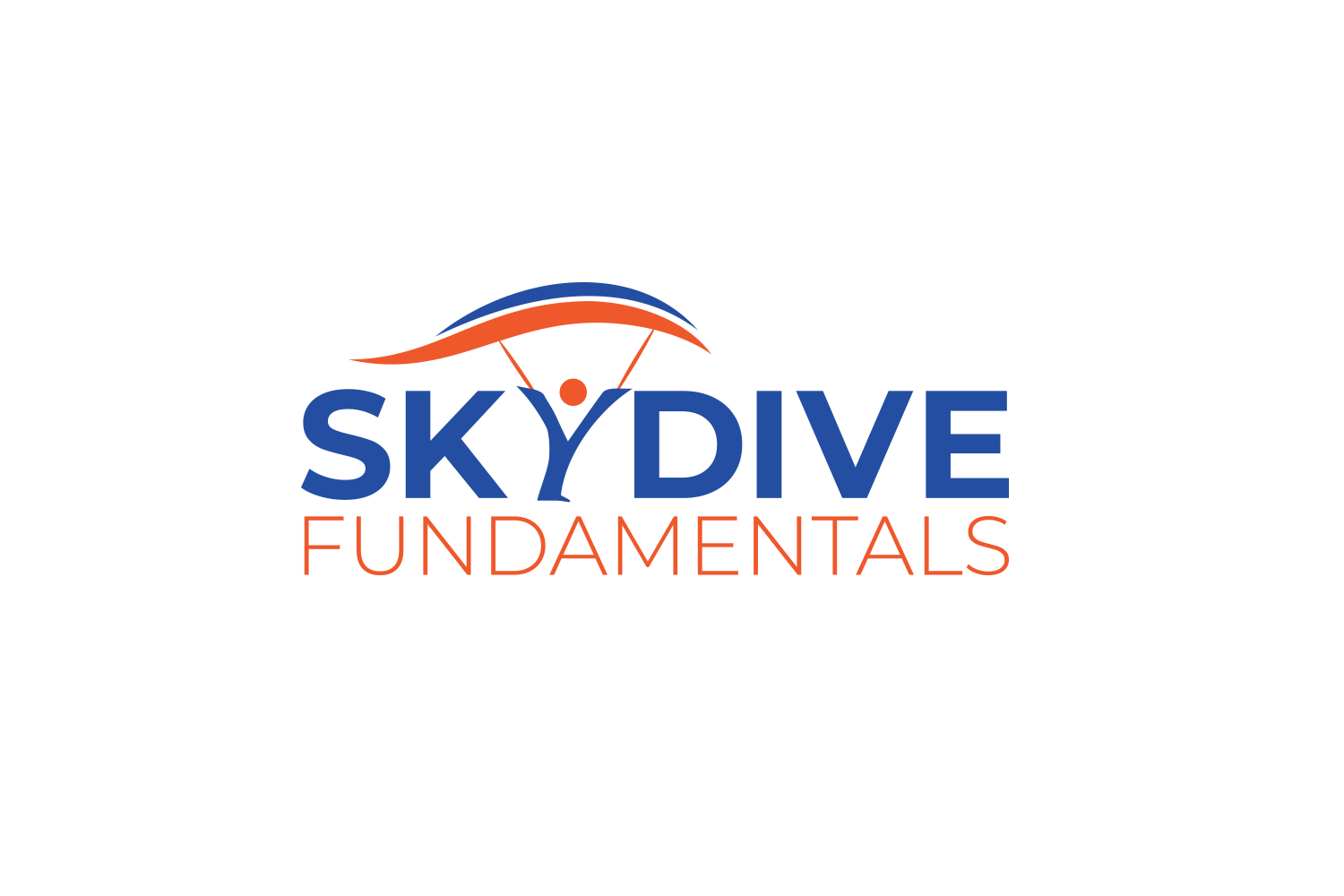Landing Your Parachute
Stand Up Landings are the Goal
There is nothing better than ending a skydive with a asafely executed stand up landing. Some students are able to figure this out during their AFF progression, others before getting their A License, and a few people have found that it takes them a little longer to achieve consistent landings. USPA instructors and coaches are typically a skydiving student’s first canopy coaches and, with that in mind, here is an introduction to parachute landings and what to look for when helping a student improve.
What happens when we flare the parachute?
This diagram is found in the USPA’s SIM (skydiver’s information manual) in Section 4, Category C. We can see that as we pull on our parachute’s toggles/brakes to flare, our hips swing forward in relation to the nose (or leading edge) of the parachute. As the forward speed is coverted into lift, we slow our descent and, ideally, touch down on the ground before we reach the stall point of the parachute.
Single Stage Versus Two Stage Flare
You may have heard the terms single stage (or continuous) flare and a two stage flare and are wondering what is the difference.
A single stage or continuous flare is executed in one smooth motion, taking about 2-3 seconds for completion. A two stage flare breaks up the flare into (you guessed it) two stages: the first stage is to level off the parachute so that it is flying parallel to the ground and the second stage bleeds off the forward speed.
Some parachutes perform better with a single stage flare (generally student and 7 cell parachutes) while higher performance parachutes will give a better landing if the two stage flare technique is used.
When to Begin the Flare
When to begin to flare the parachute is the frist obstacle to overcome. The majority of student skydivers have never before tried to judge their height off of the gdound while they are moving forward and descending at the same time. To add to the difficulty, most of us have a desire to look down at the ground, giving us an inaccurate picture and tricking us in believing that we are closer to the ground than we really are. Since the parachute is descending at roughly a 45 degree angle to the ground, then that is the angle that we need to be looking at too.
Typically, you will want to begin your flare about 12-15 feet above the ground or you can think of 2-3 of your body height stacked, depending on how tall you are. Some people suggest going to your nearest set of stairs or getting a ladder and climbing up about 10 feet to see the perspective. However, this is a static image and when we land there may not be many reference points around us, unlike when we are standing on stairs.
Unfortunately, this discovery of the right height to begin flaring tends to come from trial and error. Our first landings are not our best landings, and for this reason skydivers should always be ready for a PLF (parachute landing fall) when they get closer to the ground.
From an instructor’s perspective, I’ve found that the student making their first jump will be overwhelmed when it comes to landing and needs reminders to look out at a 45 degree angle. On their second jump, I will again tell them on the radio when to flare and I remind them to think about what the correct flare height looked and felt like to them. By the third jump, most students are ready to begin trying to time the flare on their own.
How Fast or Slow to Flare
The next problem is determining at what cadence to flare the parachute. Flare too slowly and you don’t generate much lift and flaring too quickly generally happens as a result of starting the flare late.
Practice flaring up high (above 2500 feet) in order to play around with the speed of the flare. Apply the brakes slowly to feel how much lift is generated and then gradually increase the speed. Remember that you need to give the parachute about 7 seconds in between each flare attempt for it to resume normal full flight characteristics.
Finishing the Flare
Finishing the flare is the final piece to a good landing. Common problems that are encountered here that lead to bad landings are the following:
Not finishing the flare: many people will stop flaring once their hands have travelled past their chest, leaving valauble lift unused.
Reaching while flaring with their feet: some people will “search for the ground” with their feet (and end up fracturing ankles) instead of letting the ground come to them. Remember that skydiving students should always be ready to PLF and that includes keeping the feet and knees together.
Reaching while flaring with their hands: this typically happens when the skydiver feels that they are being pushed to one side during landing (especially if the landing is crosswind).
Letting the toggles back up right before or immediately after the feet touch down: usually the skydiver is running out the landing and is getting their arms involved in the process; instead the parachute should continue to be flown until it is no longer supporting your weight
How to Improve
Get video of your landings. Have a friend or coach film your landing so that you can see exactly what is going on. Many times we believe that we are doing one thing and a video will show that we are not. Seeing what you are actually doing is the best training tool for diagnosing problems. Once you know what you are doing, get advice from a coach or instructor on what drills you can do up high to improve your landings on the ground.

